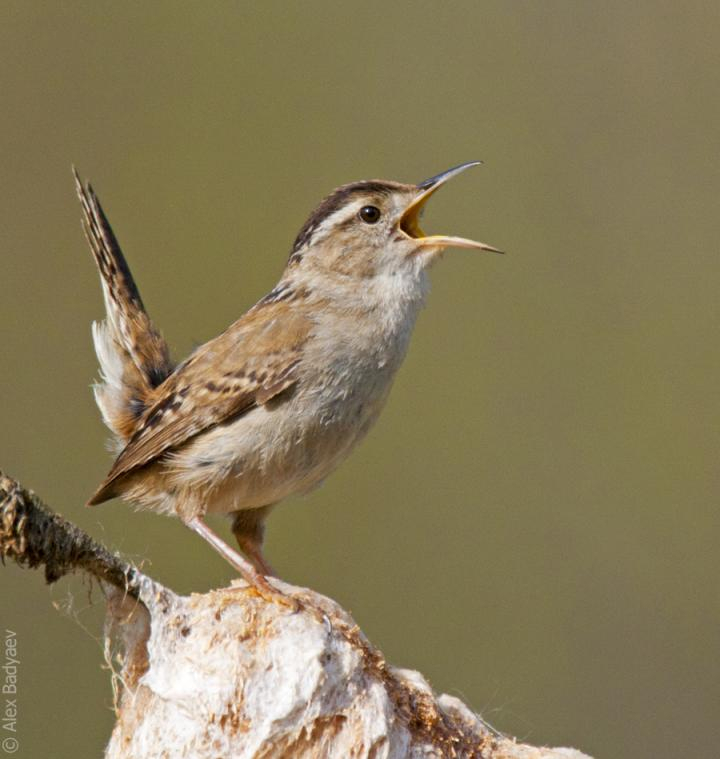Imagine taking a hike through a forest or a stroll through a zoo and not a sound fills the air, other than the occasional chirp from a cricket. No birds singing, no tigers roaring, no monkeys chattering, and no human voices, either. Acoustic communication among vertebrate animals is such a familiar experience that it seems impossible to imagine a world shrouded in silence.
But why did the ability to shout, bark, bellow or moo evolve in the first place? In what is likely the first study to trace the evolution of acoustic communication across terrestrial vertebrates, John J. Wiens of the University of Arizona and Zhuo Chen, a visiting scientist from Henan Normal University in Xinxiang, China, traced the evolution of acoustic communication in terrestrial vertebrates back to 350 million years ago.

The authors assembled an evolutionary tree for 1,800 species showing the evolutionary relationships of mammals, birds, lizards and snakes, turtles, crocodilians, and amphibians going back 350 million years. They obtained data from the scientific literature on the absence and presence of acoustic communication within each sampled species and mapped it onto the tree.
Applying statistical analytical tools, they tested whether acoustic communication arose independently in different groups and when; whether it is associated with nocturnal activity; and whether it tends to be preserved in a lineage.
Generating sound
The study, published in the open-access journal Nature Communications, revealed that the common ancestor of land-living vertebrates, or tetrapods, did not have the ability to communicate through vocalization - in other words, using their respiratory system to generate sound as opposed to making noise in other ways, such as clapping hands or banging objects together.

Instead, acoustic communication evolved separately in mammals, birds, frogs and crocodilians in the last 100-200 million years, depending on the group. The study also found that the origins of communication by sound are strongly associated with a nocturnal lifestyle.
Extrapolating from the species in the sample, the authors estimate that acoustic communication is present in more than two-thirds of terrestrial vertebrates. While some of the animal groups readily come to mind for their vocal talents - think birds, frogs and mammals - crocodilians as well as a few turtles and tortoises have the ability to vocalize.
Active by day lifestyle
Interestingly, the researchers found that even in lineages that switched over to a diurnal (active by day) lifestyle, the ability to communicate via sound tends to be retained. "There appears to be an advantage to evolving acoustic communication when you're active at night, but no disadvantage when you switch to being active during the day," Wiens said. "We have examples of acoustic communication being retained in groups of frogs and mammals that have become diurnal, even though both frogs and mammals started out being active by night hundreds of millions of years ago."
According to Wiens, birds kept on using acoustic communication even after becoming diurnal for the most part. Interestingly, many birds sing at dawn, as every birdwatcher can attest. Although speculative, it is possible that this "dawn chorus" behavior might be a remnant of the nocturnal ancestry of birds.
In addition, the research showed that acoustic communication appears to be a remarkably stable evolutionary trait. In another unexpected result, the study revealed that the ability to vocalize does not appear to be the driver of diversification - the rate at which a lineage evolves into new species - it has been believed to be.









